4 Delicious Still Lifes to (Re)Discover Claude Monet
Amazing Impressionist landscapes, wonderful water lilies, the floral explosion at the famous Giverny garden… But what is perhaps less known...
Andra Patricia Ritisan 14 November 2024
Australian Impressionism might not be as well known as its French counterpart, but this late 19th-century art movement was important to the country. In fact, some consider these artists to be part of the first truly Australian art movement. Australian Impressionists sought to capture the brilliant light and the equally beautiful terrain as it actually was, instead of how it differed from Europe.
The 9 x 5 Impressionism Exhibition of 1889 got its name because the artists painted their work on the lids of cigar boxes, which measured 9 x 5 inches (22.8 x 12.7 cm). Australian Impressionism artists in the late 19th century, much like French Impressionists, were interested in capturing the changing nature of light as well as depicting modern scenes. They painted outdoors (en plein air, as the French said). Their depictions of the hot glaring light in Australia set against a blue sky, as in Conder’s Under a Southern Sky, allowed these artists to put their own spin on the Impressionism movement.
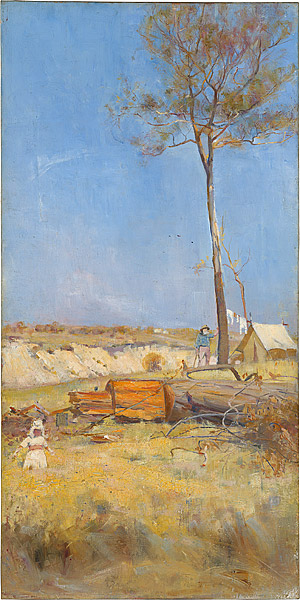
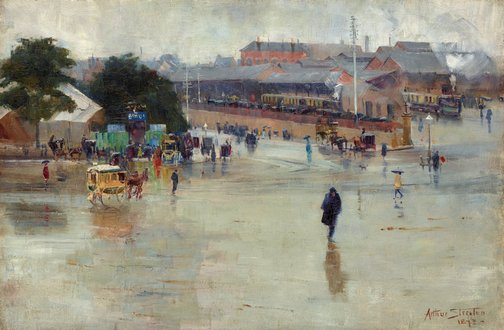
The artists who took part in the 9 x 5 Impressionist exhibit – Tom Roberts, Arthur Streeton, and Charles Conder – formed an artist camp in Heidelberg, now a suburb of Melbourne. They lived in a farmhouse for two summers and painted outside. Even though they were not part of an official academy or school, these Australian Impressionism artists became known as the Heidelberg School.
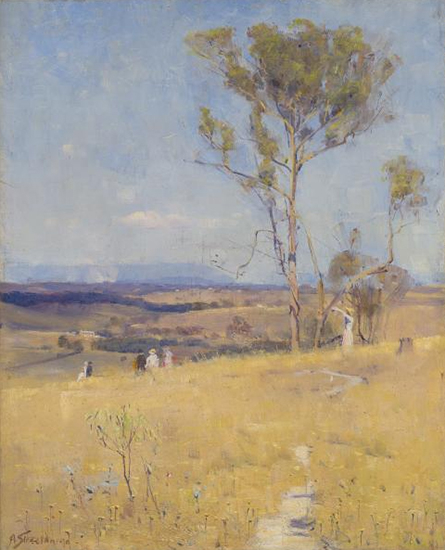
Prior to the late 19th century, there were few art collectors and art schools in Australia. Before the Heidelberg School, most Australian artists were British immigrants who found their new country an unattractive subject matter for art. Instead, they often painted landscapes with colors and vegetation more reminiscent of Europe than Australia.
In contrast, the Heidelberg School artists tapped into a burgeoning sense of national pride in Australia by depicting the country as it actually was. The light in Australia has a different intensity and these artists strove to depict its beauty. Roberts’ Shearing the Rams is a beloved example of this new art, where the Australian light illuminates the excitement and energy inside a timber shearing shed.
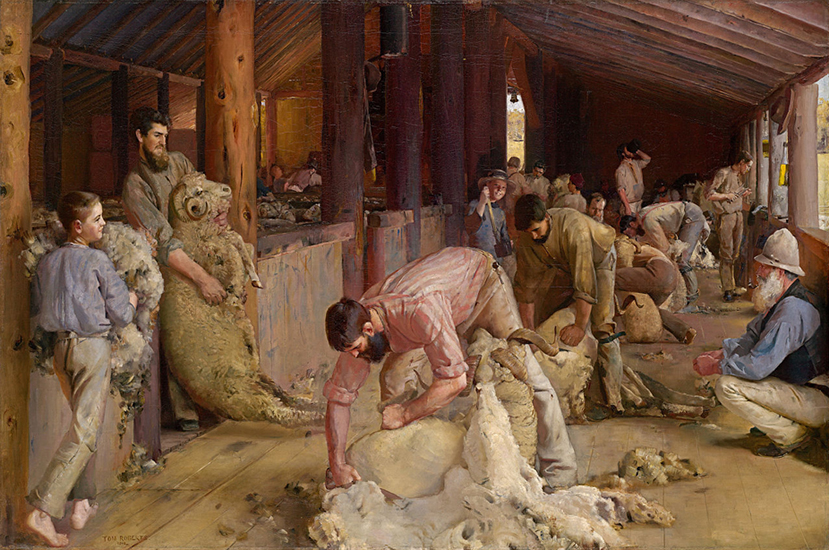
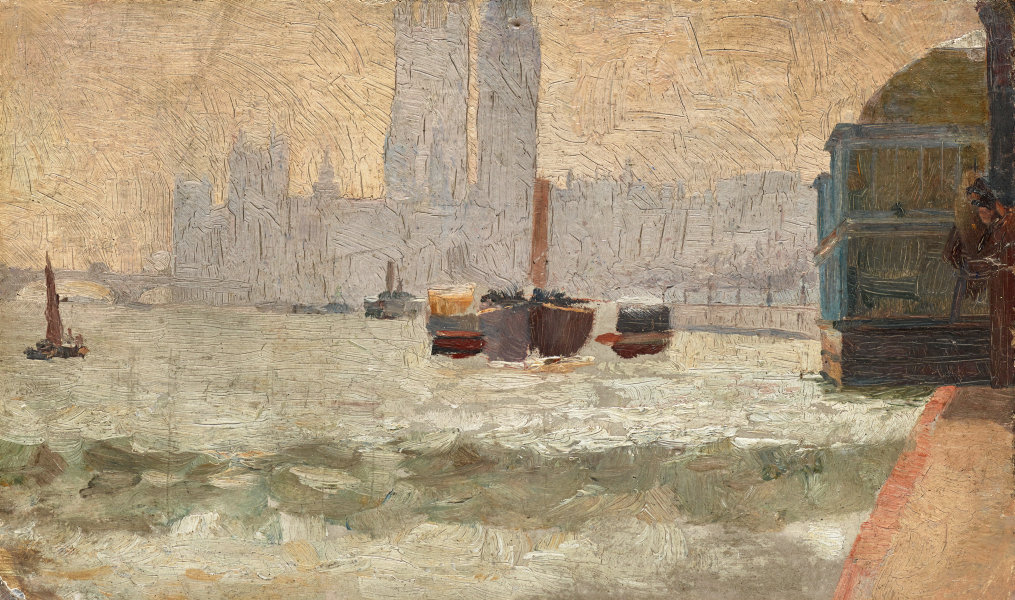
Jane Sutherland was born in New York, USA. Sutherland’s family moved to Australia when she was 11. She was friendly with the other male Australian Impressionists and was invited by McCubbin and Roberts to paint at Box Hill Camp with them. As a respectable 19th-century woman, she could not spend the night at the camp with the men, so instead, she would take day trips to the camp and paint outdoors. Less well-known than her male colleagues, her work was not represented in public collections until the 1960s. Sutherland’s paintings often featured children, such as Obstruction, Box Hill where a young girl stops and looks at a large cow blocking her path to school.

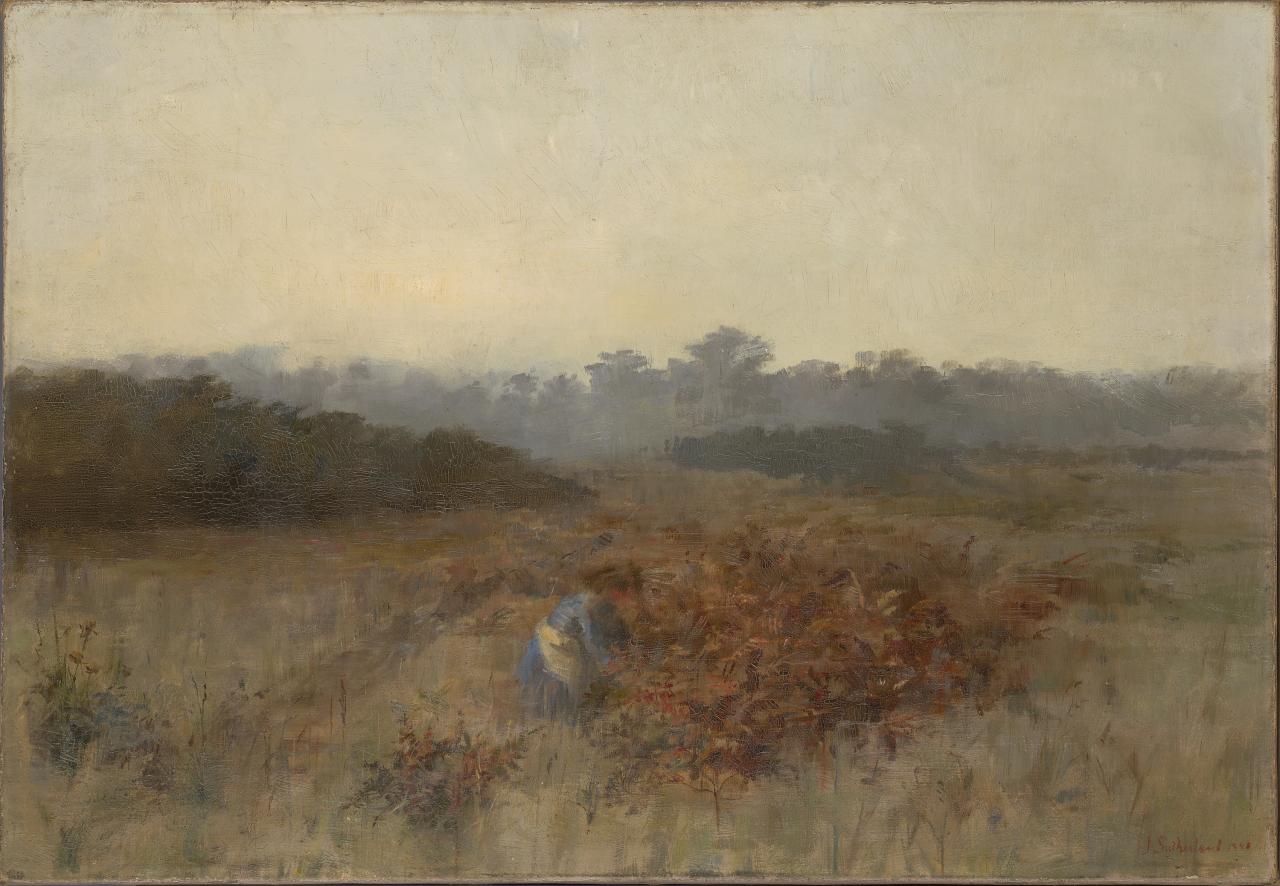
Whereas earlier artists saw Australia as a dry and rough place, too different from Europe to be attractive, the Heidelberg School artists portrayed the country as it really was. They combined the Impressionist’s desire to capture modern life with the Realist inclination to celebrate the life and work of rural laborers. In McCubbin’s 1896 work On the Wallaby Track, the viewer sees a traveling family on the outskirts of a property in the bush, resting after spending the day looking for work.

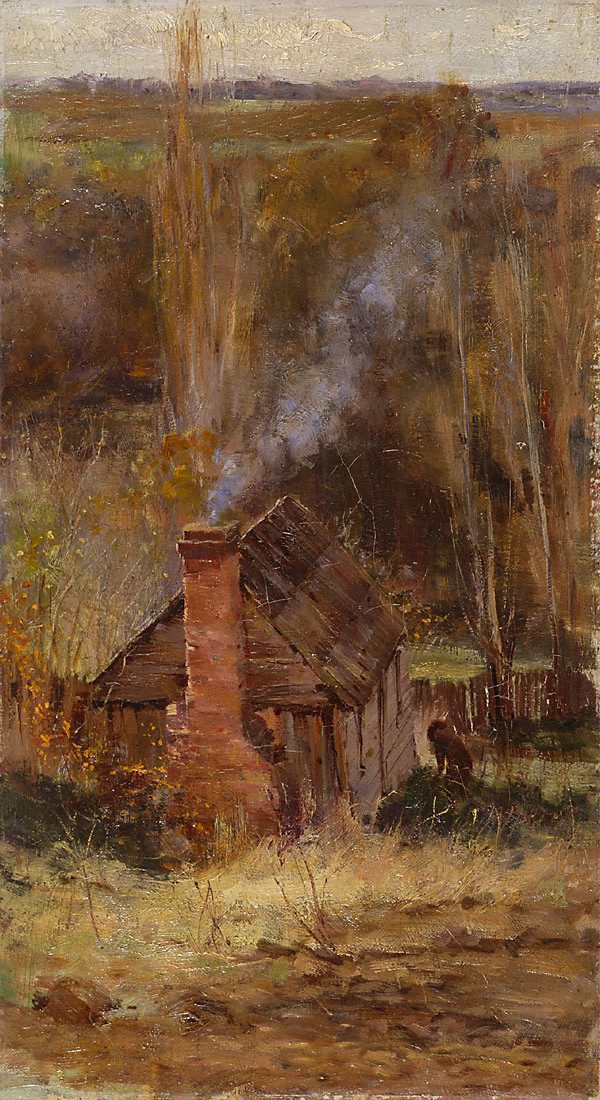
DailyArt Magazine needs your support. Every contribution, however big or small, is very valuable for our future. Thanks to it, we will be able to sustain and grow the Magazine. Thank you for your help!